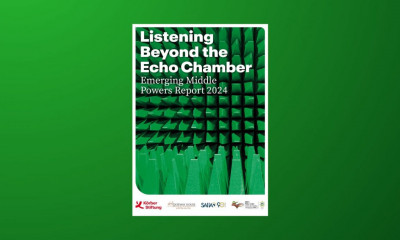eAfrica, August 2005
THE South African government signed two 25-year concessions for maximum security prisons in Bloemfontein and Louis Trichardt as part of its Department of Public Works’ Asset Procurement and Operating Partnership Systems (APOPS) in 2000. The two winning consortia were responsible for designing, building, financing, operating and transferring the prisons. The facilities hold about 3,000 inmates each and were fully operational in 2002 at a cost of about $245 million (Bloemfontein) and $259 million (Louis Trichardt), respectively.
A government review found that the prisons provided significantly higher quality facilities and levels of service than the public prisons and that the operating costs per prisoner per day were comparable with those of the public sector prisons. But it also found that the design and operating specifications were too high and that proper feasibility studies were not conducted to establish the department’s affordability limits prior to procurement. The specifications were based on ideal prisons in the UK.
The high interest rates at the time of the deals (for the private operator) and ‘higher than normal return on equity, reflecting the perceived risk of early deals’ also pushed up the long-term cost of the prisons to government. The two APOPS prisons alone will take up 5% of Correctional Services’ entire budget for the next 25 years.
Sue Lund, Senior Transaction Advisor at the South African National Treasury’s PPP Unit, said the South African government learned from the experience of the prisons contracts about how to improve its ability to leverage private finance for infrastructure projects.
Lessons:
- A thorough feasibility study would have clarified the affordability limits of the department at the start of the process.
- Experienced private sector operators can provide a better quality service than the public sector, but overly high specifications at the planning stage have cost implications.






